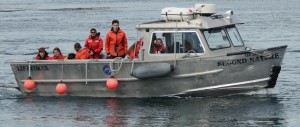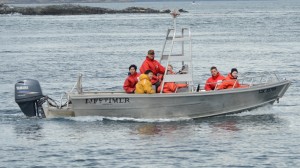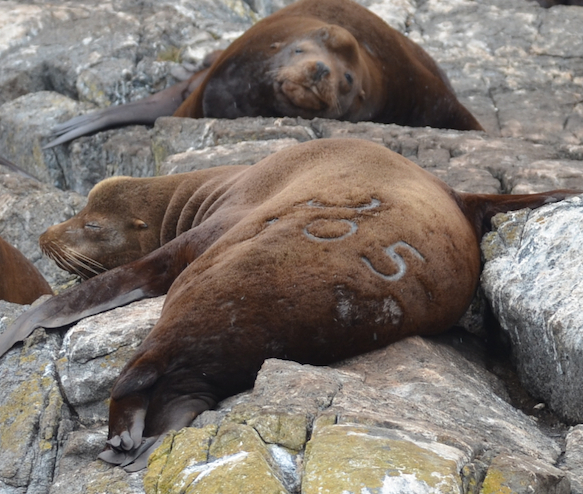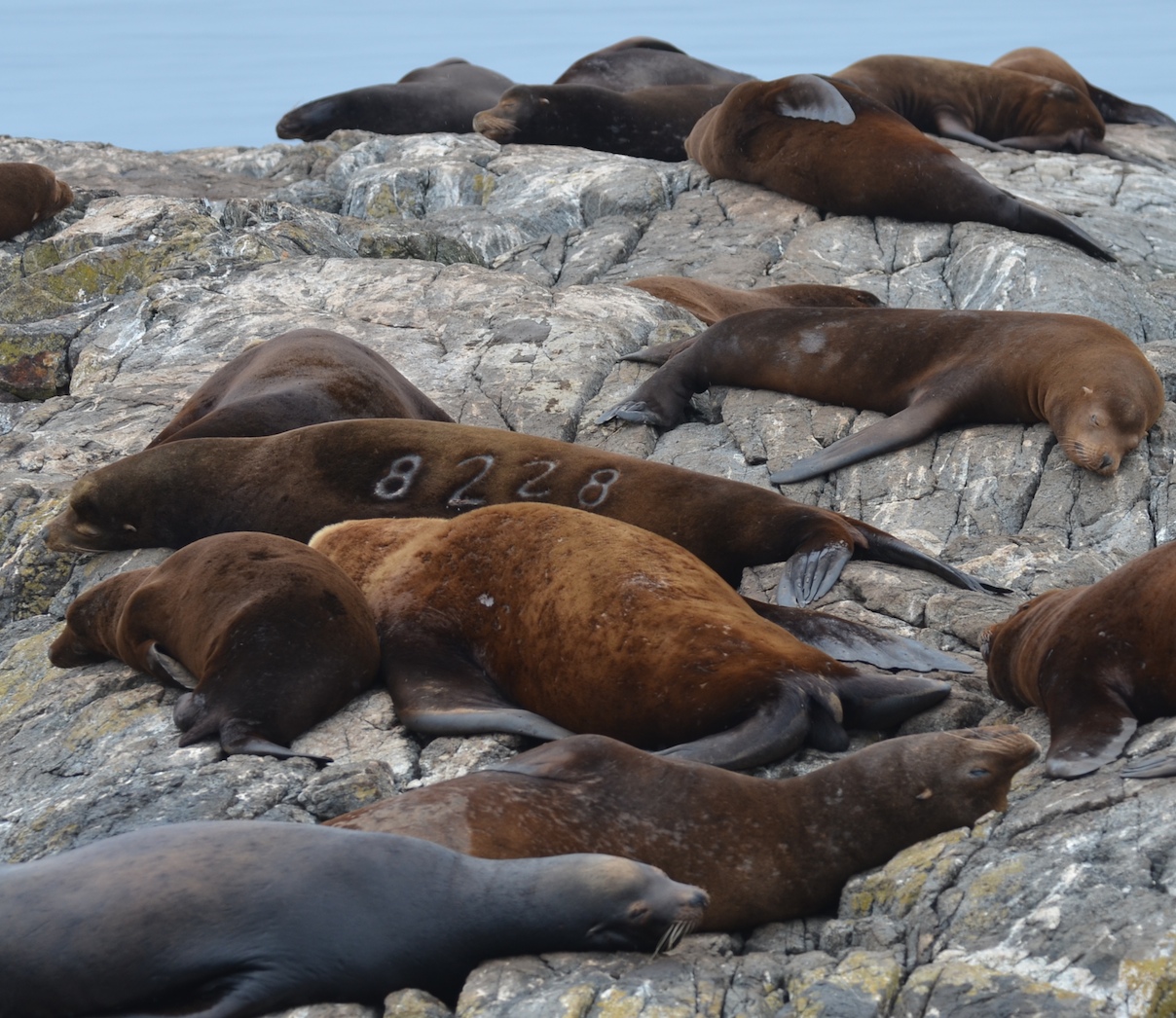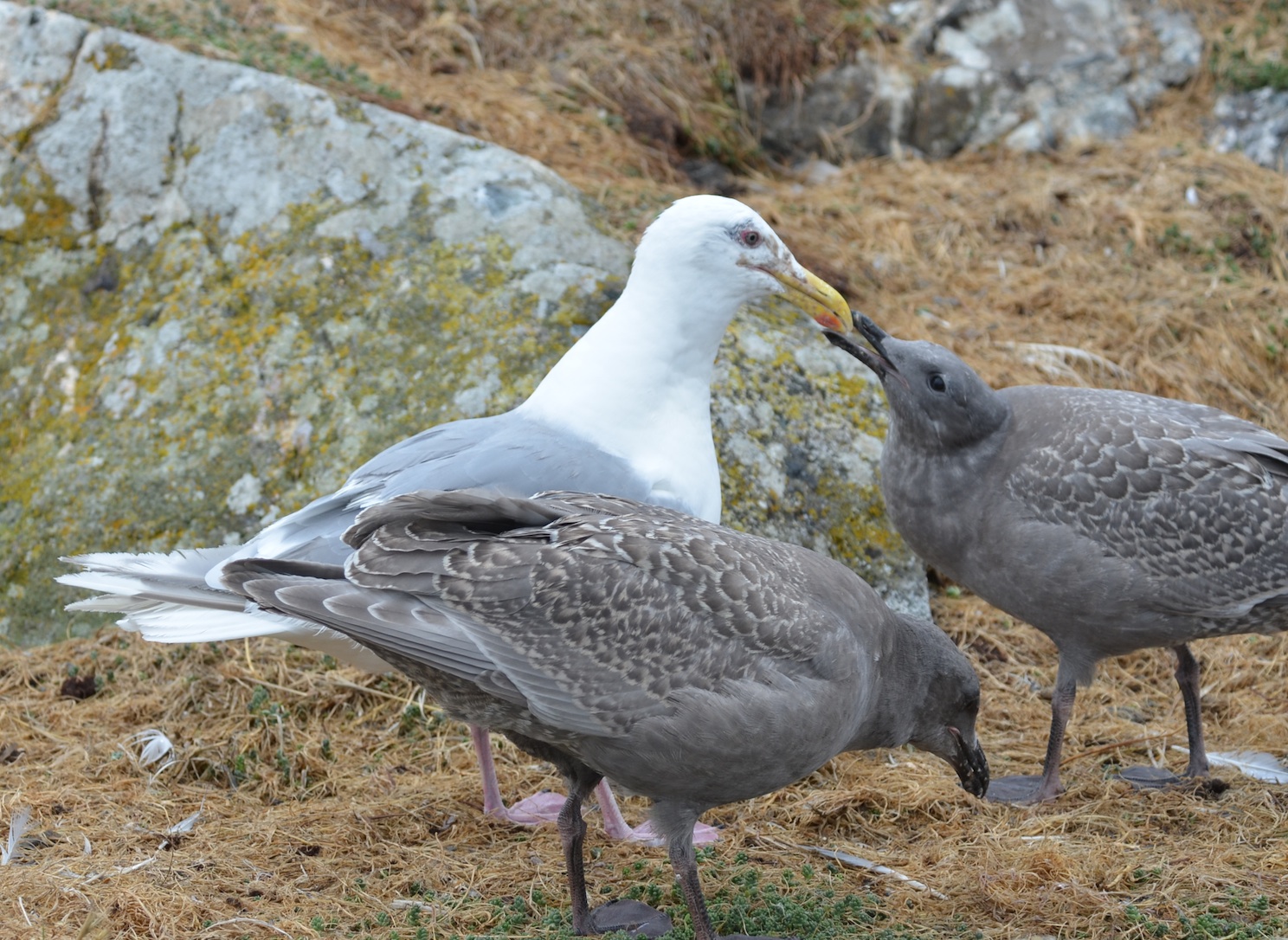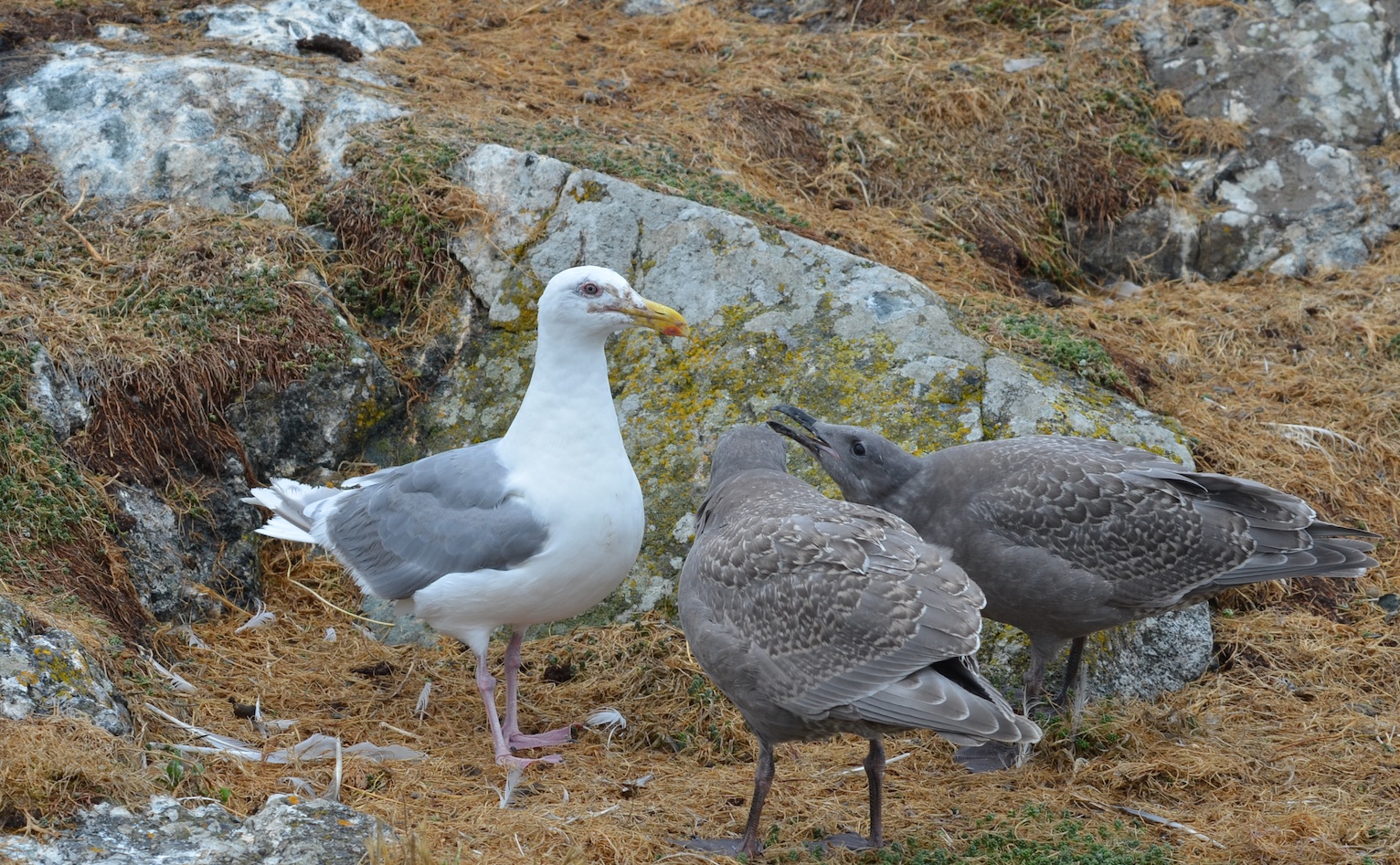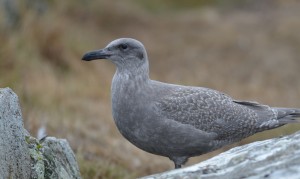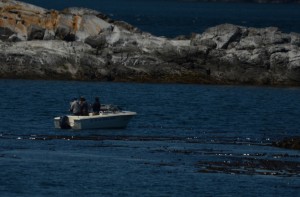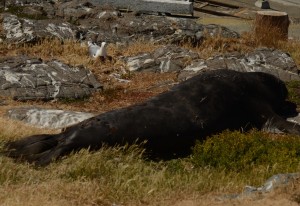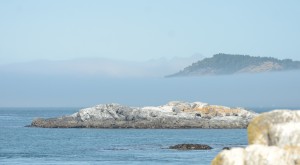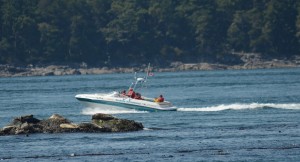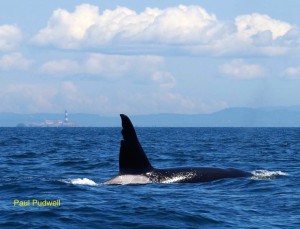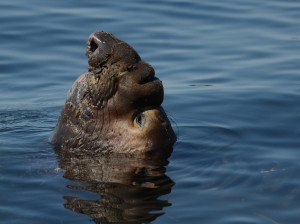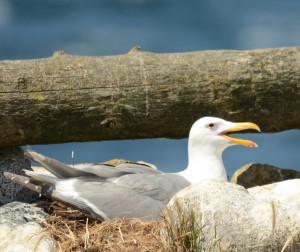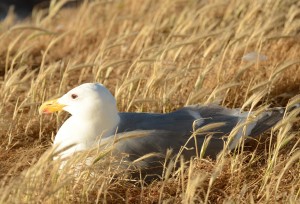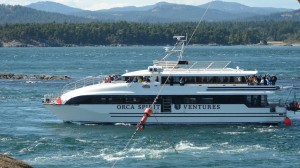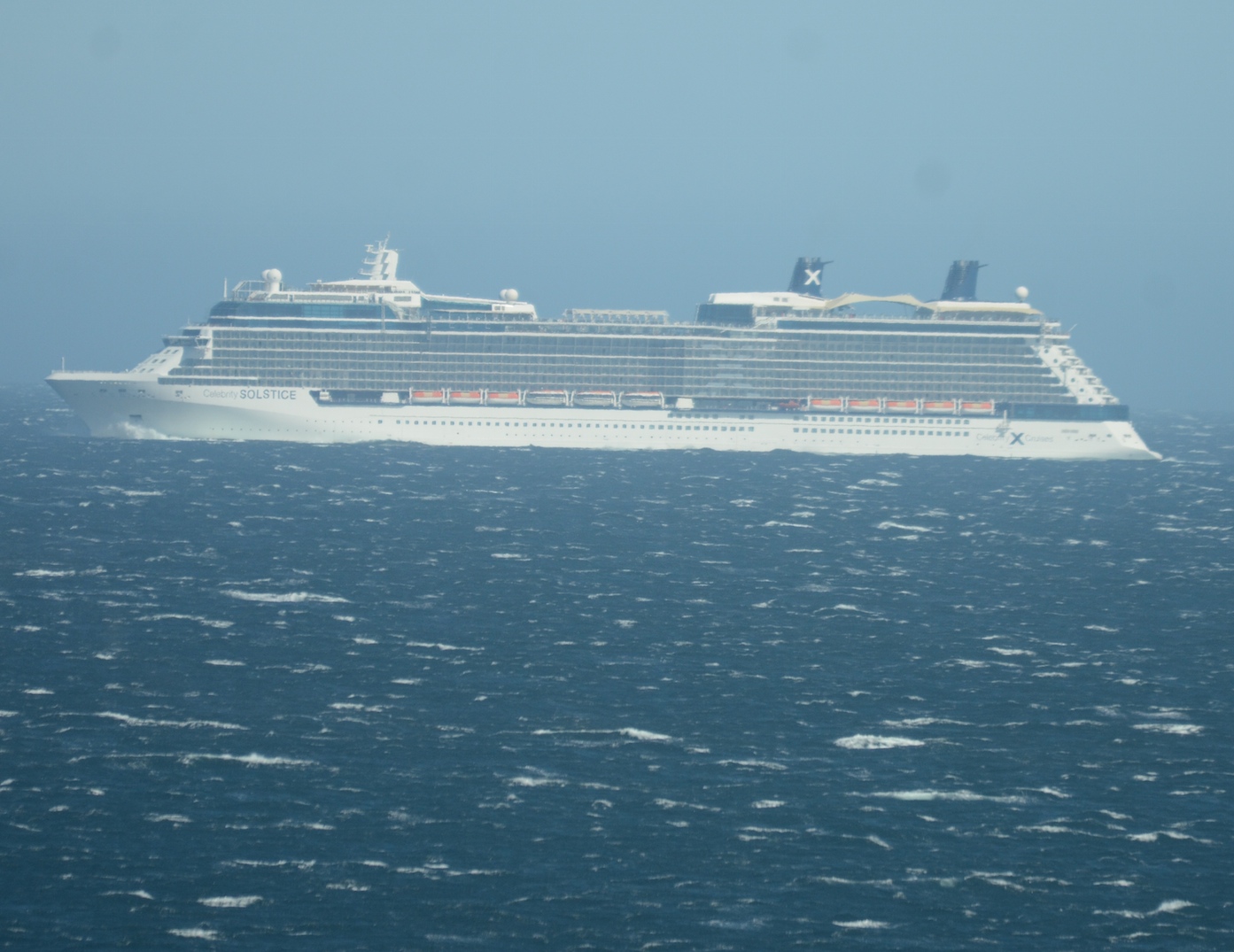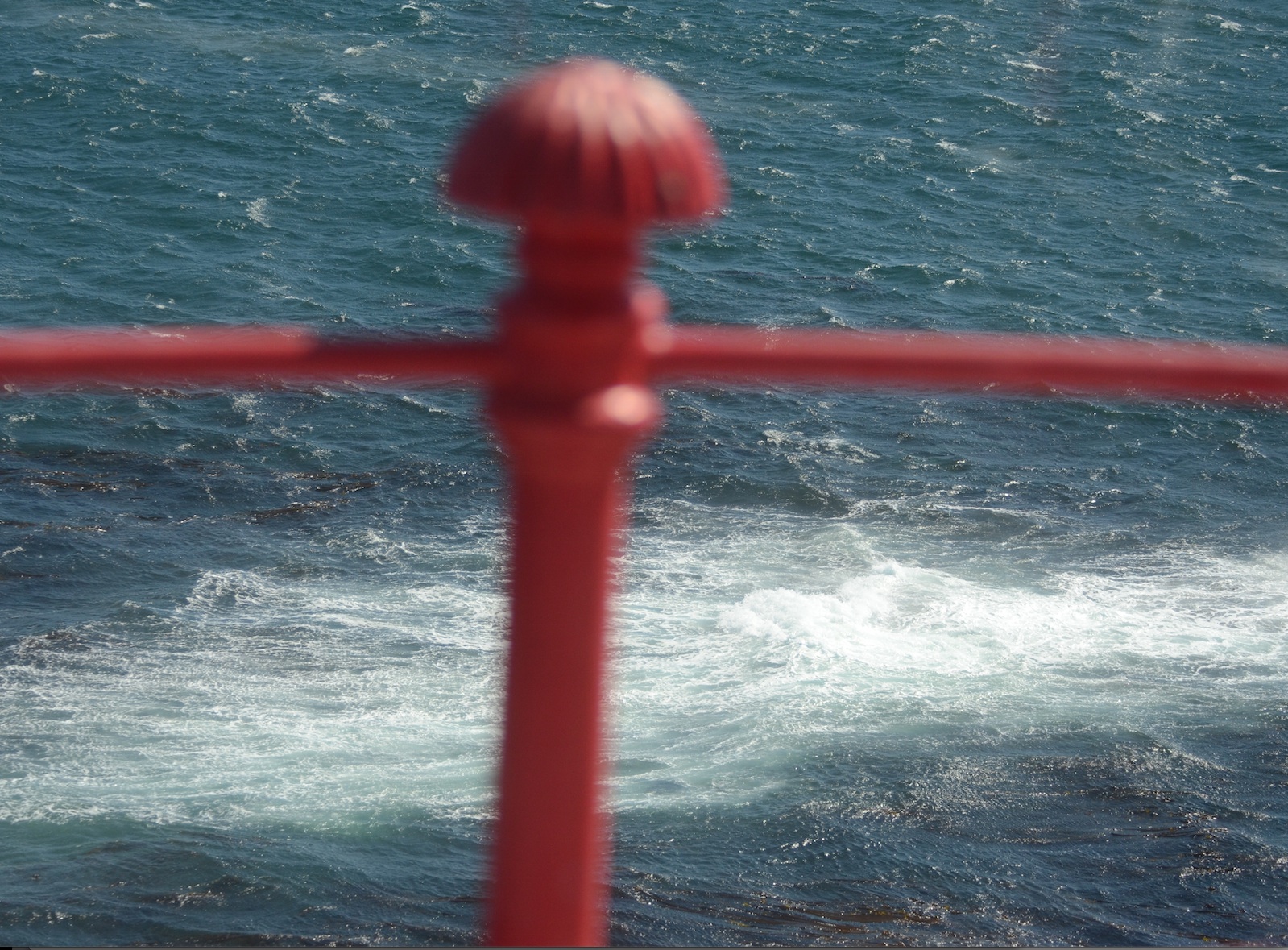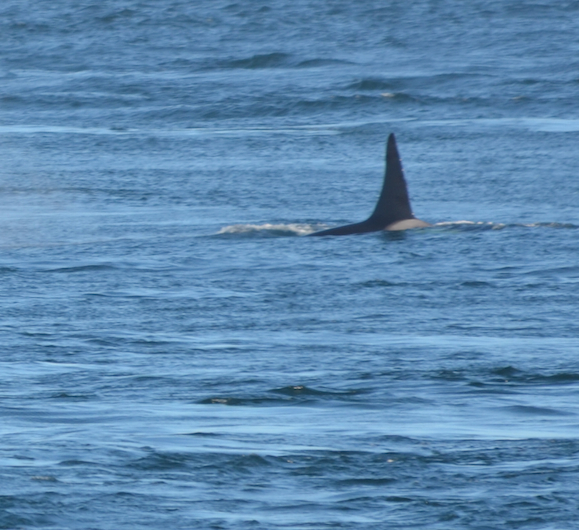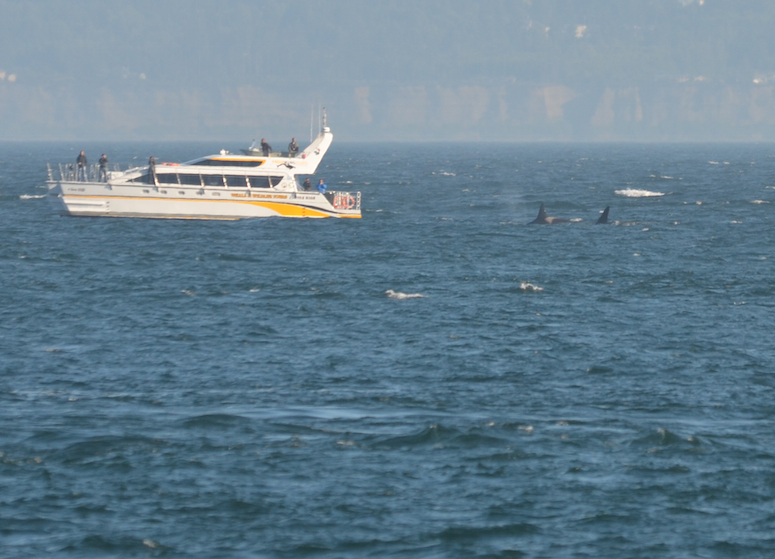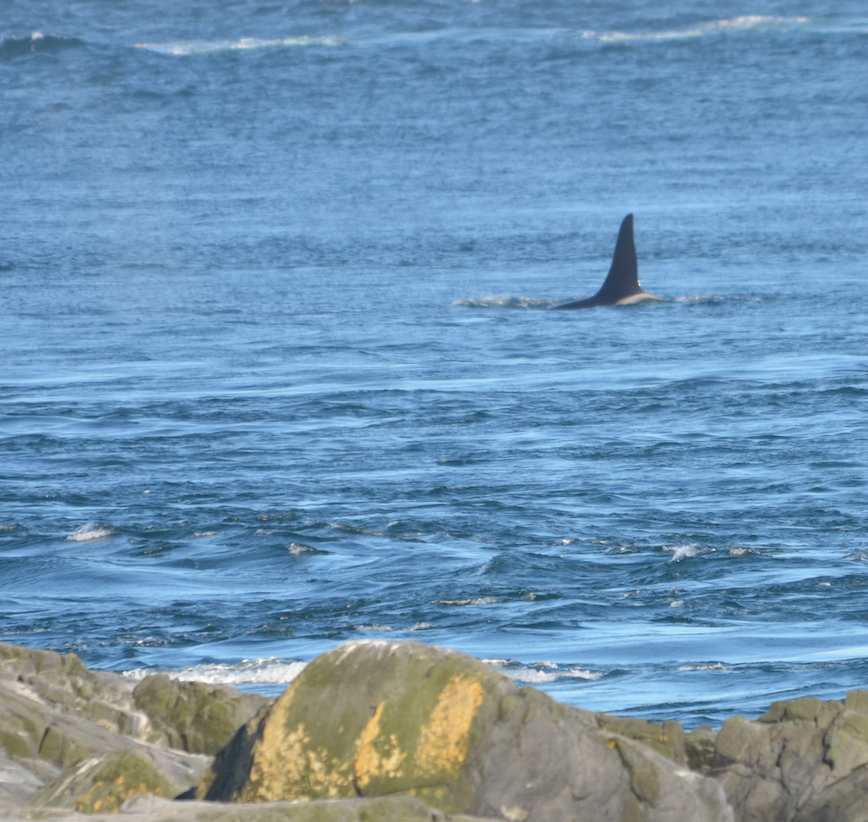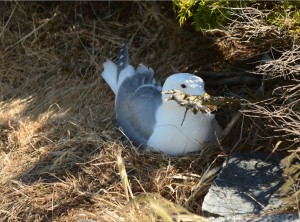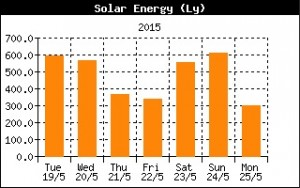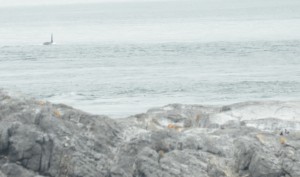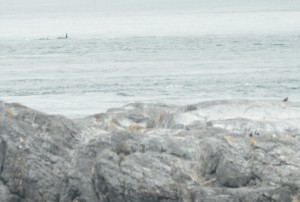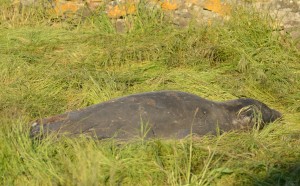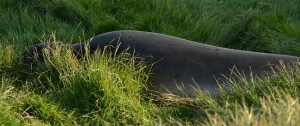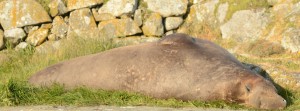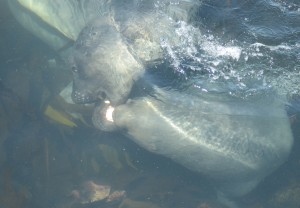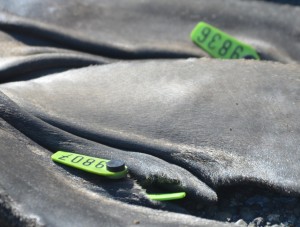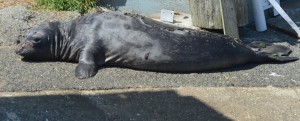The sun shone through a bit more today even as clouds and much needed rain continued. West winds blew at about 10 knots most of the day as the clouds were pushed steadily inland. The barometer is now back up to where it was last Friday before the big nose-dive into Saturday’s storm. The forecast looks a little brighter for Friday and Saturday before a return to wet and cool.
Whale watching activity in the Ecological Reserve was very subdued today as the black and whites moved north and east yesterday. Only four visits by commercial whale watching boats were observed in the Ecological Reserve. One sports fishing vessel and a couple of rental boats also came through obviously oblivious to the speed reduction zone within the reserve boundaries .
Thursday is census day and here are the results of this week’s animal census.
Steller Sea Lion 497
California Sea Lion 522
Harbour Seal 81
Northern Elephant Seal 2
Sea Otter 1
River Otter 1 seen (probably more)
Southern Resident Killer Whale 7 (during count week)
Biggs (Transient) Killer Whale 5 (during count week)
Humpback Whale 1 just outside of reserve but may have transited border
Canada Goose 4 full time (2 adults 2 goslings) (24 visited once during count week)
Harlequin Duck 1
Double-crested Cormorant 11
Pelagic Cormorant 12
Brandt’s Cormorant 1
Black Oystercatcher 29
Black Turnstone 95
Ruddy Turnstone 1
Western Sandpiper 3
Kildeer 1
Dunlin 1
Glaucous-winged Gull 276 (193 – adults; 83 juveniles)
California Gull 61
Western Gull 1
Heerman’s Gull 26
Peregrine Falcon 1
Common Raven 2
Savannah Sparrow 3
It is of note that there have been no Pigeon Guillemots seen since I arrived. Last year there were chicks, still being fed by their parents, on the nests in the rubble area just west of the jetty at this time of year and later. I am hoping that the river otters have not been visiting these ground-breeding birds and will look for evidence of what has been going on there.
Maintenance work was routine and the only other visitors to the reserve were the Pearson College students having their orientation by vessel. Courtney kindly delivered paper, which was appreciated as there was none.

